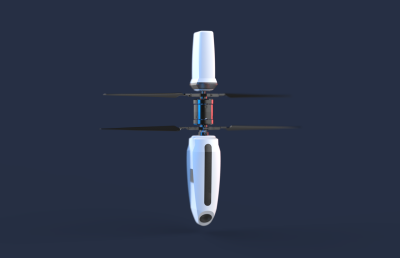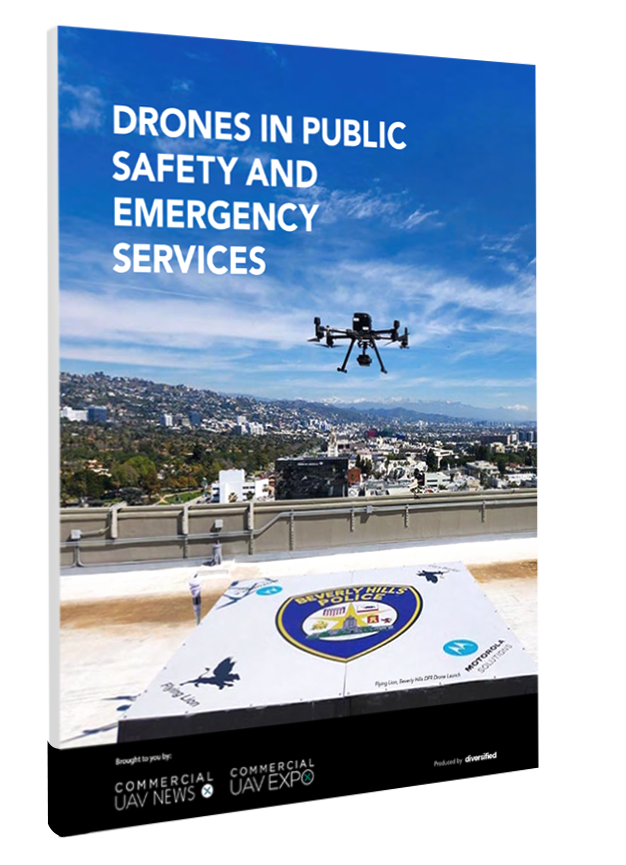One of the most interesting things about being involved in the commercial drone space relates to the kinds of questions people are asking in it. For a long time, the topic that dominated just about every conversation was associated with the FAA in terms of regulation, and around what needed to change. Part 107 has provided the sort of leeway and opportunity that many had been asking for, which means other questions of critical importance can now shift to the forefront.
One of those questions relates to how professionals working in areas like precision agriculture, construction, surveying & mapping, mining, oil & gas, utilities and law enforcement/emergency response can actually use a drone in a practical sense. These are questions that are associated with implementation, which is a critical part of an overall drone strategy that many organizations are now trying to create and pursue under Part 107. The implementation of a drone program might look different for organizations of various sizes and in different market segments, but the struggles they have with such logistics are universal.Being able to discuss the challenges and concerns that relate to the formation and implementation of a drone strategy is the main reason Commercial UAV News has partnered with the DroneBusiness.center to create the 2017 Commercial UAV Implementation Survey. The survey is designed to explore in detail what these challenges look like, and help bring to light issues that professionals are working through. These details can mean the difference between seeing a quantifiable ROI or a determination that drones are not a fit for an organization, both of which could have very little to do with UAV technology itself. Christopher Korody, the principal at DroneBusiness.center, has been conducting market research programs since 2000 and is set to fully explore the challenges and issues that professionals have been dealing with which relate to how they can, have or want to implement a drone program. Where is an organization with their drone implementation? Are they currently using drones in the way they’d like to be using them? What are some of the biggest challenges they’ve encountered? These are the kinds of questions and answers the survey is looking to detail and document.Korody will have a booth at the Commercial UAV Expo where he is set to gather attendee input about their challenges and concerns. The insights he assembles from attendees will help determine what questions and topics the survey highlights and will lead into other projects and articles that will further define this critical issue.As great as it is to connect with experts in this space around the opportunities UAVs will create for users, there’s simply nothing like showcasing the reality of what it means for an individual or organization to actually use drones. One of the concepts that comes up over and over is around how drones shouldn’t be thought of as a solution that’s going to solve every problem on a project, but instead as tools that create options and alternatives. Outlining what those options and alternatives actually look like will do more to define the future of the industry than any new technological development.The survey will be launched in early 2017. Participants will be the first to receive a report detailing all of the findings. Regardless of the size of your commercial drone program, we’d love to get your feedback as we explore the present and chart the future of what it means to implement a successful commercial drone strategy and program.Please sign up now and we will contact you when the survey goes live.
Christopher Korody, the principal at DroneBusiness.center, has been conducting market research programs since 2000 and is set to fully explore the challenges and issues that professionals have been dealing with which relate to how they can, have or want to implement a drone program. Where is an organization with their drone implementation? Are they currently using drones in the way they’d like to be using them? What are some of the biggest challenges they’ve encountered? These are the kinds of questions and answers the survey is looking to detail and document.Korody will have a booth at the Commercial UAV Expo where he is set to gather attendee input about their challenges and concerns. The insights he assembles from attendees will help determine what questions and topics the survey highlights and will lead into other projects and articles that will further define this critical issue.As great as it is to connect with experts in this space around the opportunities UAVs will create for users, there’s simply nothing like showcasing the reality of what it means for an individual or organization to actually use drones. One of the concepts that comes up over and over is around how drones shouldn’t be thought of as a solution that’s going to solve every problem on a project, but instead as tools that create options and alternatives. Outlining what those options and alternatives actually look like will do more to define the future of the industry than any new technological development.The survey will be launched in early 2017. Participants will be the first to receive a report detailing all of the findings. Regardless of the size of your commercial drone program, we’d love to get your feedback as we explore the present and chart the future of what it means to implement a successful commercial drone strategy and program.Please sign up now and we will contact you when the survey goes live.




sm.jpg.small.400x400.jpg)










Comments